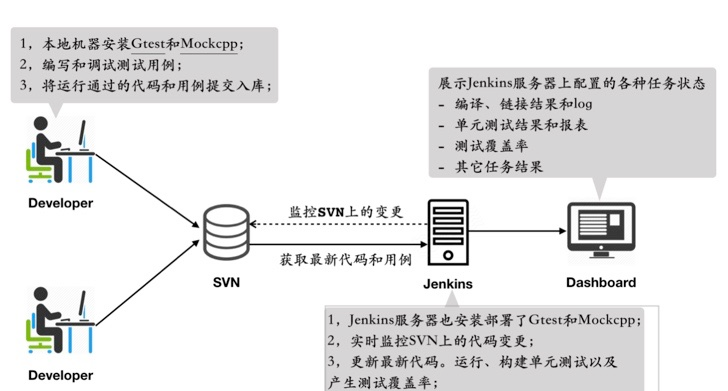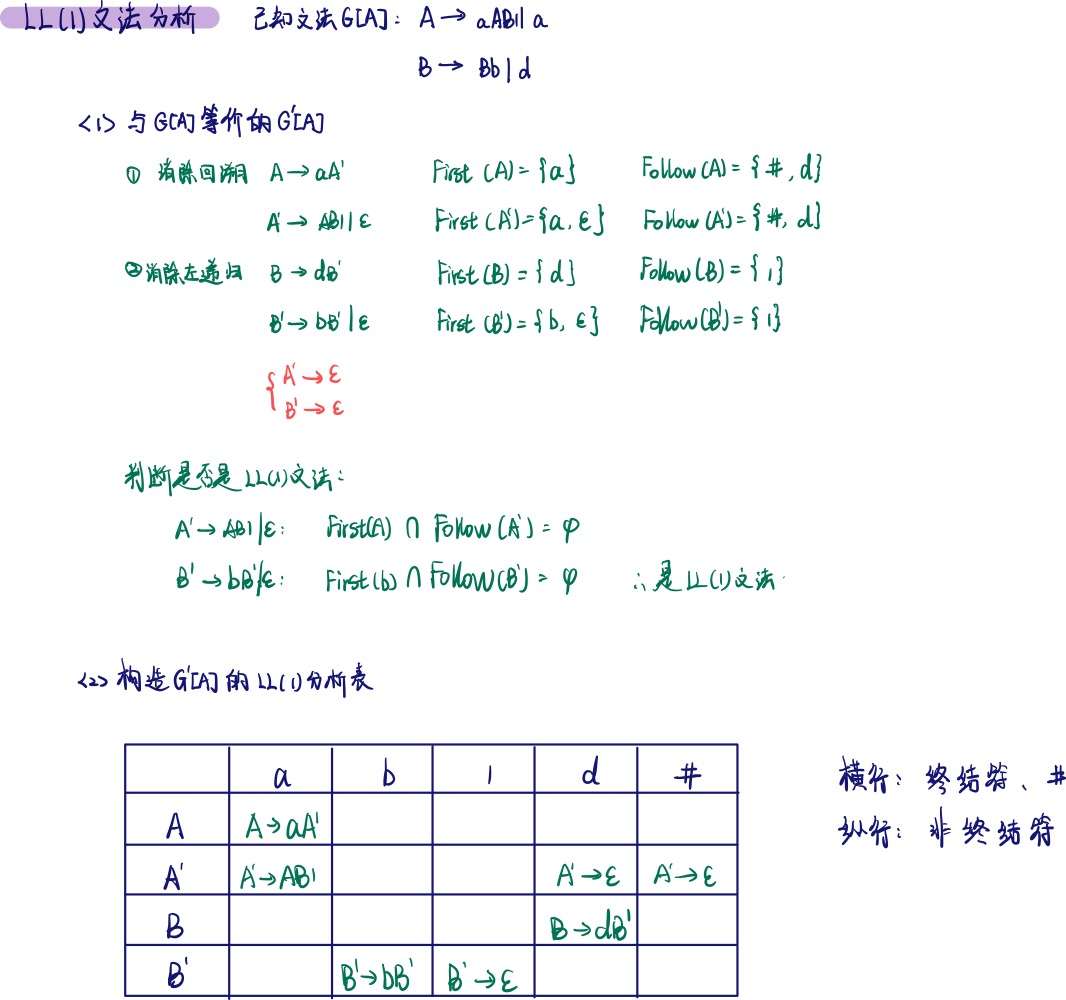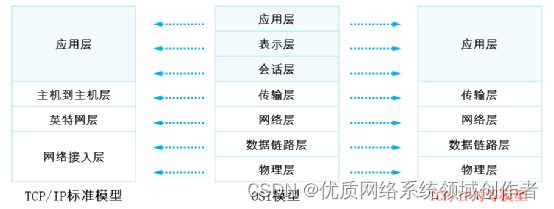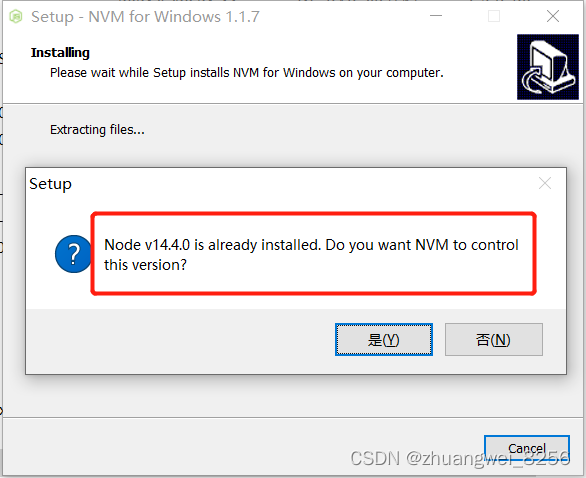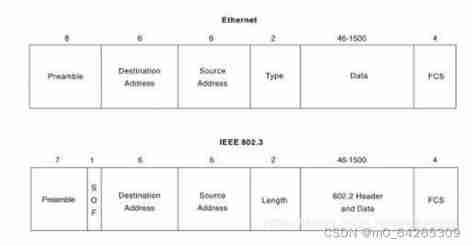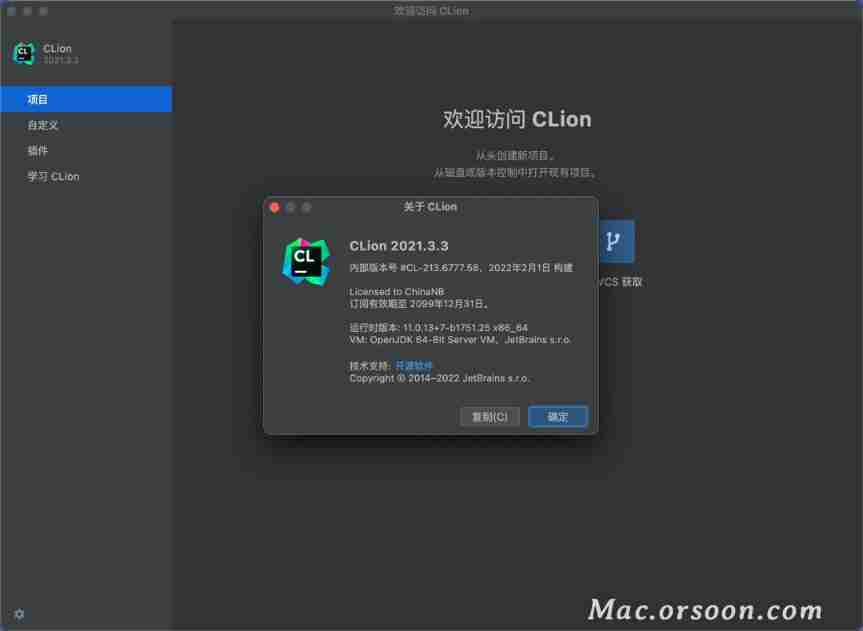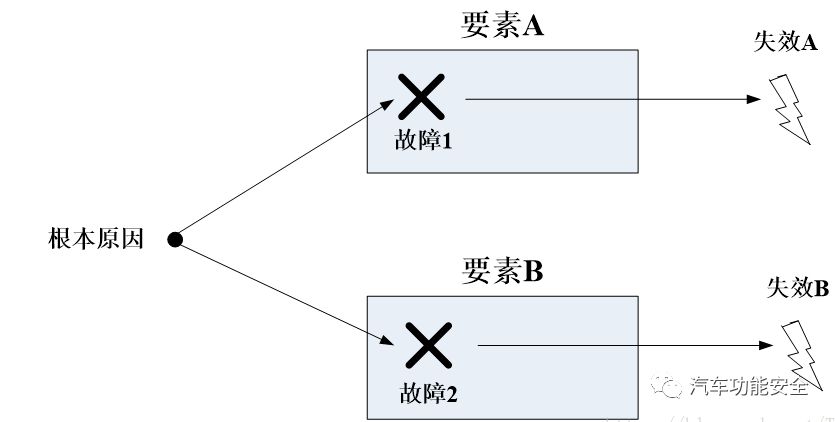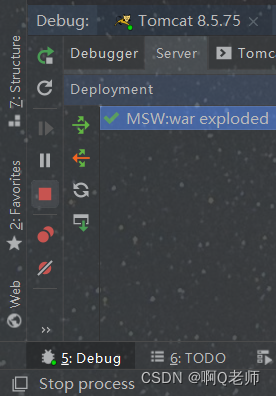当前位置:网站首页>Basic knowledge of error
Basic knowledge of error
2022-07-06 06:04:00 【Zhan Miao】
1. Source of error
Numerical calculation of practical problems with computer , Calculation error is inevitable . There are four main sources of error :
1.1. Model error
Describe practical problems with mathematical models , Generally, some simplification should be made , There will be differences between the solution of the mathematical model and the solution of the actual problem , This difference is called model error .
1.2. Observation error
Some parameters or constants contained in the mathematical model , It is often obtained by instrument observation or experiment , There will be an error between the observed value and the actual value , This error is called observation error .
1.3. Truncation error
The numerical calculation method used to solve the mathematical model is often the approximate method , Thus, only the approximate solution of the mathematical model can be obtained , The resulting error is called method error . Because the approximate method generally uses the finite four arithmetic operation steps to replace the infinite limit operation , This error caused by truncating an infinite process , Is truncation error . Therefore, the method error is also called truncation error .
1.4. Rounding error
Because the electronic digital computer can only express numbers as finite bits for operation , Therefore, numbers exceeding digits should be rounded according to certain rules , The resulting error is called rounding error .
The numerical calculation method mainly studies the influence of truncation error and rounding error on the calculation results , Generally, model error and observation error are not considered .
2. Absolute error and relative error
The data processed in numerical calculation and the results of calculation , It is usually approximate , There is an error between them and the exact value .
set up  Is the exact value x An approximation of , said
Is the exact value x An approximation of , said  Is approximate
Is approximate  The absolute error of .
The absolute error of .
Approximate value  Absolute error and accuracy of x The ratio is called the approximate value
Absolute error and accuracy of x The ratio is called the approximate value  The relative error of , Write it down as
The relative error of , Write it down as

actually , Due to the accurate value x It is unknown. , Therefore, the relative error is usually changed to

3. Error estimation and algorithm stability of numerical calculation
The error propagation in numerical calculation is complex , It is difficult to accurately estimate the error of each calculation step , Therefore, the differential error analysis method is usually used to estimate the error , That is, if the error is small, ignore the second-order and higher-order small quantities of error .


The so-called numerical stable algorithm refers to , In the process of digital computer executing this numerical algorithm , The resulting rounding error can be controlled within a certain range , And has little effect on the final result . If the rounding error increases during the calculation , Make the final result differ greatly from the accurate value , Such an algorithm is numerically unstable .
4. Some principles that should be paid attention to in numerical calculation
Use the calculation method with good numerical stability , In order to control the propagation of rounding error ;
When adding and subtracting two numbers with large orders of magnitude , To prevent the small number from adding or subtracting less than the large number ;
Avoid subtracting two similar numbers , In order to avoid serious loss of significant figures ;
In Division , Avoid that the absolute value of the divisor is much smaller than the absolute value of the dividend ;
Prevent machine zero sum overflow shutdown ;
Simplify the calculation steps , Reduce the number of operations .
reference
Advanced Engineering Mathematics
边栏推荐
- HCIA复习
- Embedded point test of app
- Luogu [Beginner Level 4] array p1427 number game of small fish
- Overview of three core areas of Mathematics: geometry
- Download, install and use NVM of node, and related use of node and NRM
- 多线程应用的测试与调试
- [Baiwen smart home] first day of the course_ Learn Embedded and understand the development mode of bare metal and RTOS
- Dynamic programming -- knapsack problem
- [email protected] raspberry pie
- 网络协议模型
猜你喜欢
随机推荐
[web security] nodejs prototype chain pollution analysis
IPv6 comprehensive experiment
養了只小猫咪
C language bubble sort
H3C firewall rbm+vrrp networking configuration
The difference and usage between continue and break
H3C V7 switch configuration IRF
The ECU of 21 Audi q5l 45tfsi brushes is upgraded to master special adjustment, and the horsepower is safely and stably increased to 305 horsepower
【C语言】qsort函数
GTSAM中李群的运用
What are the test sites for tunnel engineering?
Download, install and use NVM of node, and related use of node and NRM
Testing and debugging of multithreaded applications
授予渔,从0开始搭建一个自己想要的网页
Station B Liu Erden - linear regression and gradient descent
Report on market depth analysis and future trend prediction of China's arsenic trioxide industry from 2022 to 2028
Linux regularly backs up MySQL database
(5) Explanation of yolo-v3 core source code (3)
[C language syntax] the difference between typedef struct and struct
Web服务连接器:Servlet
